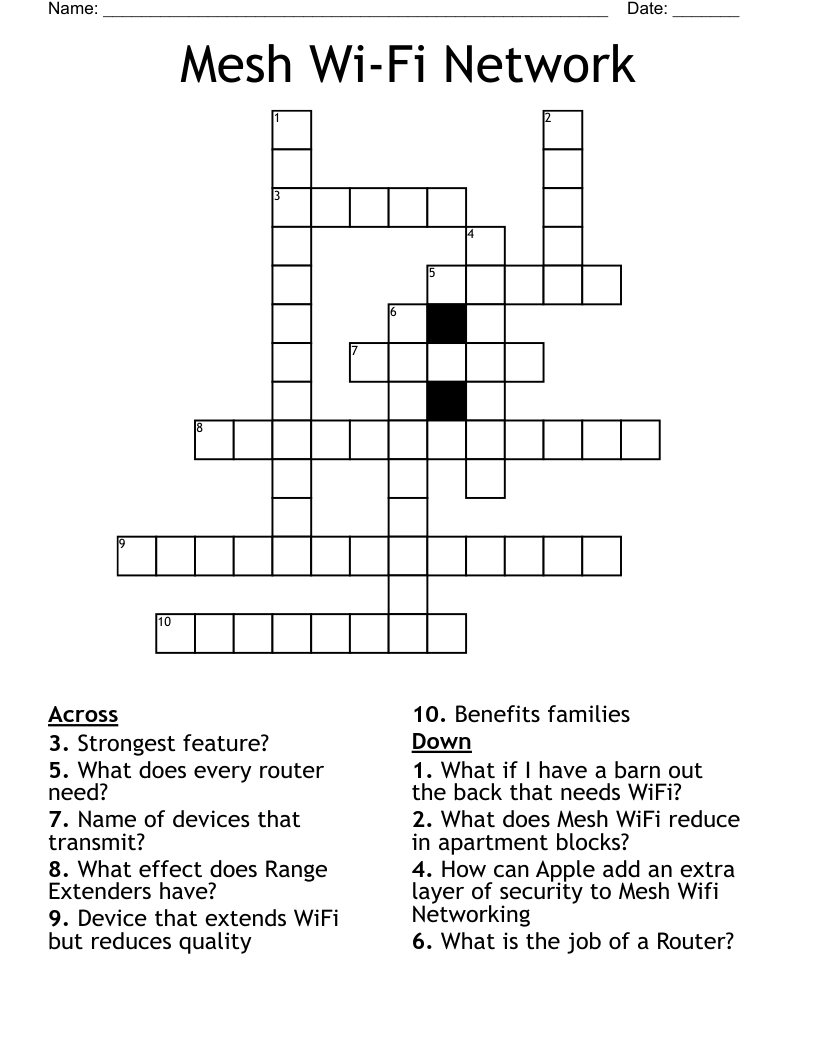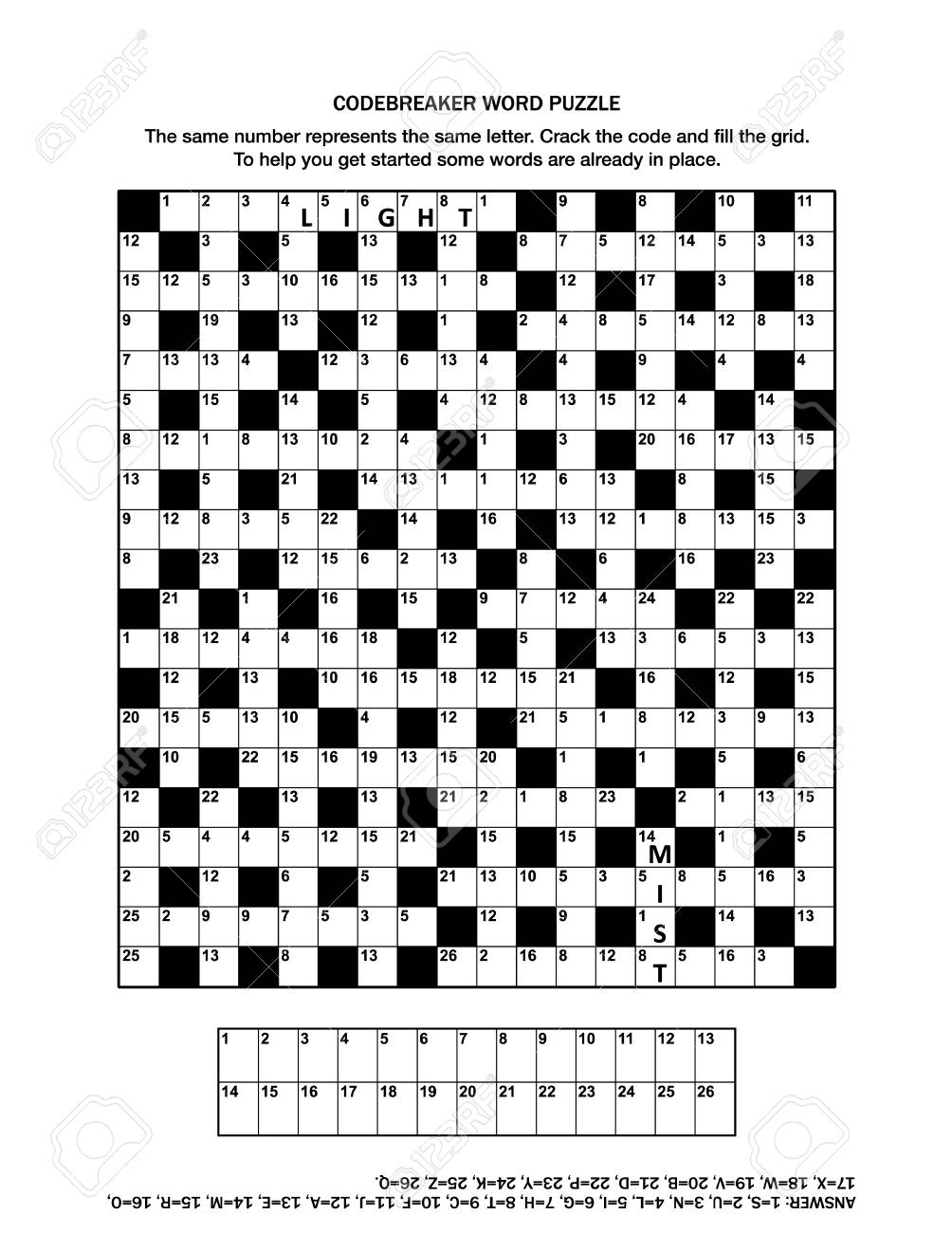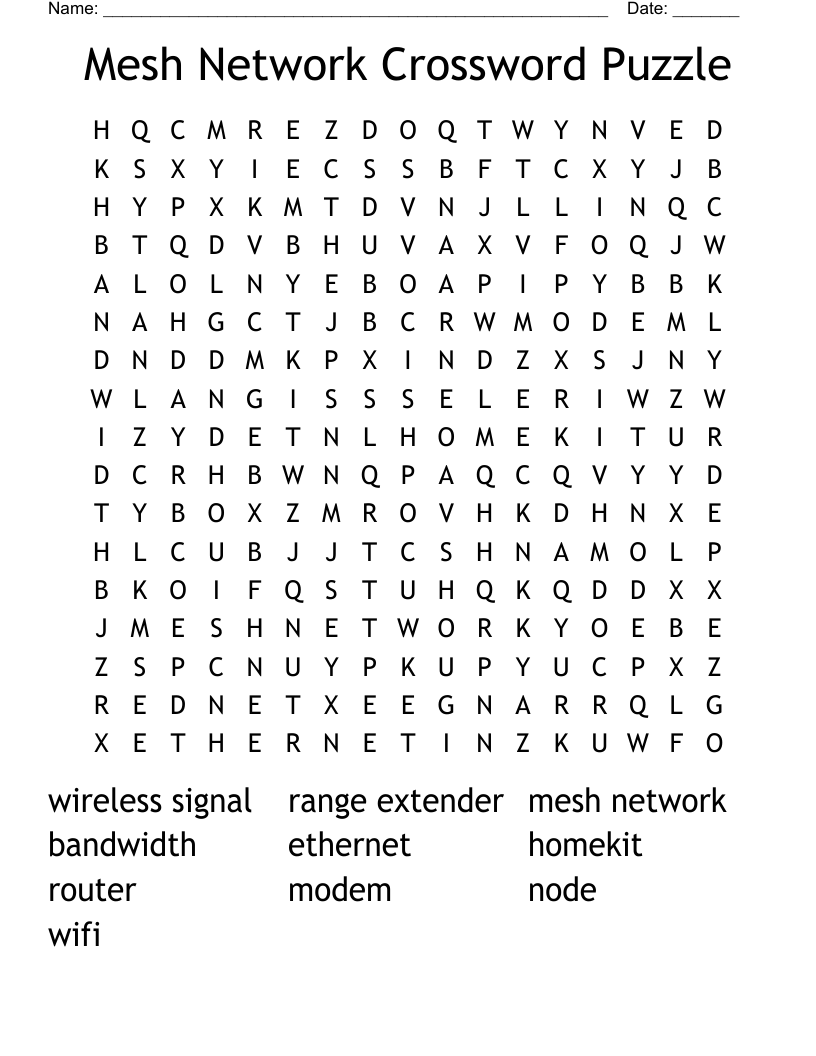Okay, so I’ve been messing around with this “mesh crossword” thing, and let me tell you, it was a bit of a rollercoaster. I thought it’d be a simple little project, but oh boy, was I wrong. It turned into a whole thing, but a fun thing, eventually!

It all started with this idea I had: what if you could make a crossword, but instead of a regular grid, it was all… meshy? Like, interconnected words weaving in and out of each other. I pictured it being this cool, organic-looking word puzzle.
The First Attempt (A Mess!)
I jumped right in, thinking I could just wing it. I started with a few words I liked, trying to manually connect them in a way that made sense. This quickly became a tangled disaster. Imagine trying to untangle Christmas lights, but with letters instead of bulbs. Words were colliding, clues were making zero sense, and I was pretty sure I was inventing new words that shouldn’t exist.
After about an hour of that chaos, I scrapped the whole thing. My brain was fried, and my paper looked like a spider had exploded on it.
Back to the Drawing Board (Literally)
I realized I needed a plan. A real plan. So, I grabbed a fresh sheet of paper and started sketching out a basic structure. This time, I focused on creating a sort of central “hub” of interconnected words, and then branching out from there. It felt a bit like planning a city, with main streets and smaller side streets.
This helped a lot. I started with a core group of words that fit together nicely, kind of like building the foundation of a house. Then, I slowly added more words, making sure they connected to the existing structure in at least two places. That was the key, I figured – multiple connection points for stability, just like in a real mesh.

The “Aha!” Moment
The biggest breakthrough came when I started thinking about the shape of the words, not just their meanings. Like, how could I use a long word to “bridge” between two shorter words? Or how could I bend a word around a corner to make it fit? It became this spatial puzzle, which was super engaging.
I spent a good chunk of time just playing with different word combinations, seeing what fit and what didn’t. It was like having a giant box of oddly-shaped LEGOs, and trying to build something coherent. Sometimes I’d get stuck, but then I’d swap out a word, or try a different angle, and suddenly, things would click into place.
The Clue-Writing Challenge
Once I had a decent mesh structure, I thought, “Great, I’m almost done!” Nope. The clues. Oh, the clues. Writing clues for a regular crossword is hard enough, but writing them for this weird, interconnected thing? A whole new level of challenge.
I went with a straightforward method:
- Keep the clues short.
- Make a note in the clue if it’s part of the base mesh or an extension.
- Make sure there are multiple clues for some of the key words.
Finally Finished! (Mostly)
After a few more hours of tweaking and clue-writing, I finally had something that resembled a “mesh crossword.” It wasn’t perfect, by any means. Some of the connections were a bit wonky, and a few of the clues might be a little… creative. But it was done. I had actually built this thing from scratch, and it worked!

I’m still not sure if it’s actually fun to solve, though. I might need to rope in a friend to be my guinea pig. But even if it’s a total flop, I learned a ton in the process. And hey, I have a cool-looking, slightly bizarre word puzzle to show for my efforts. Maybe I’ll try a bigger one next time… or maybe I’ll just stick to regular crosswords for a while. We’ll see!






